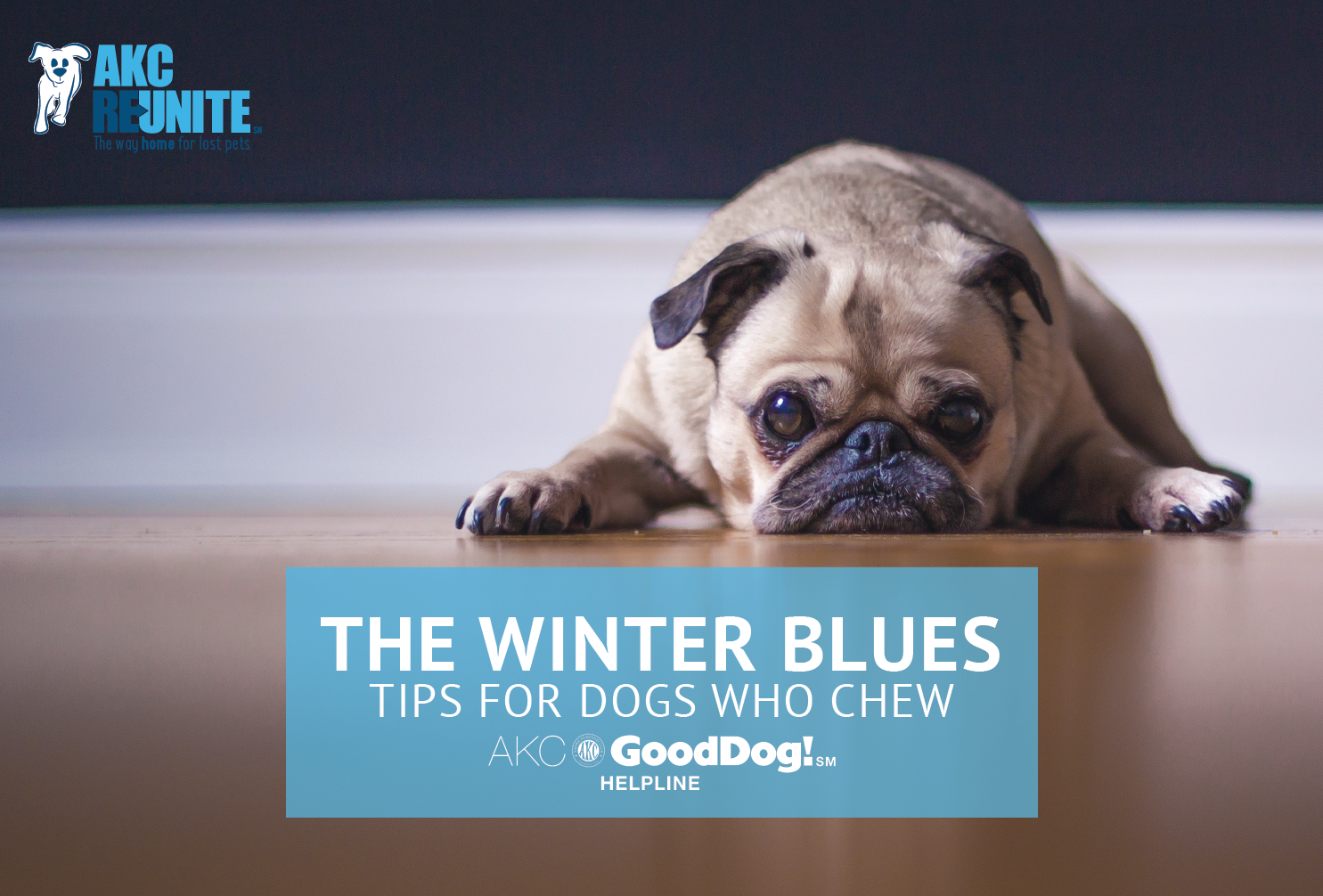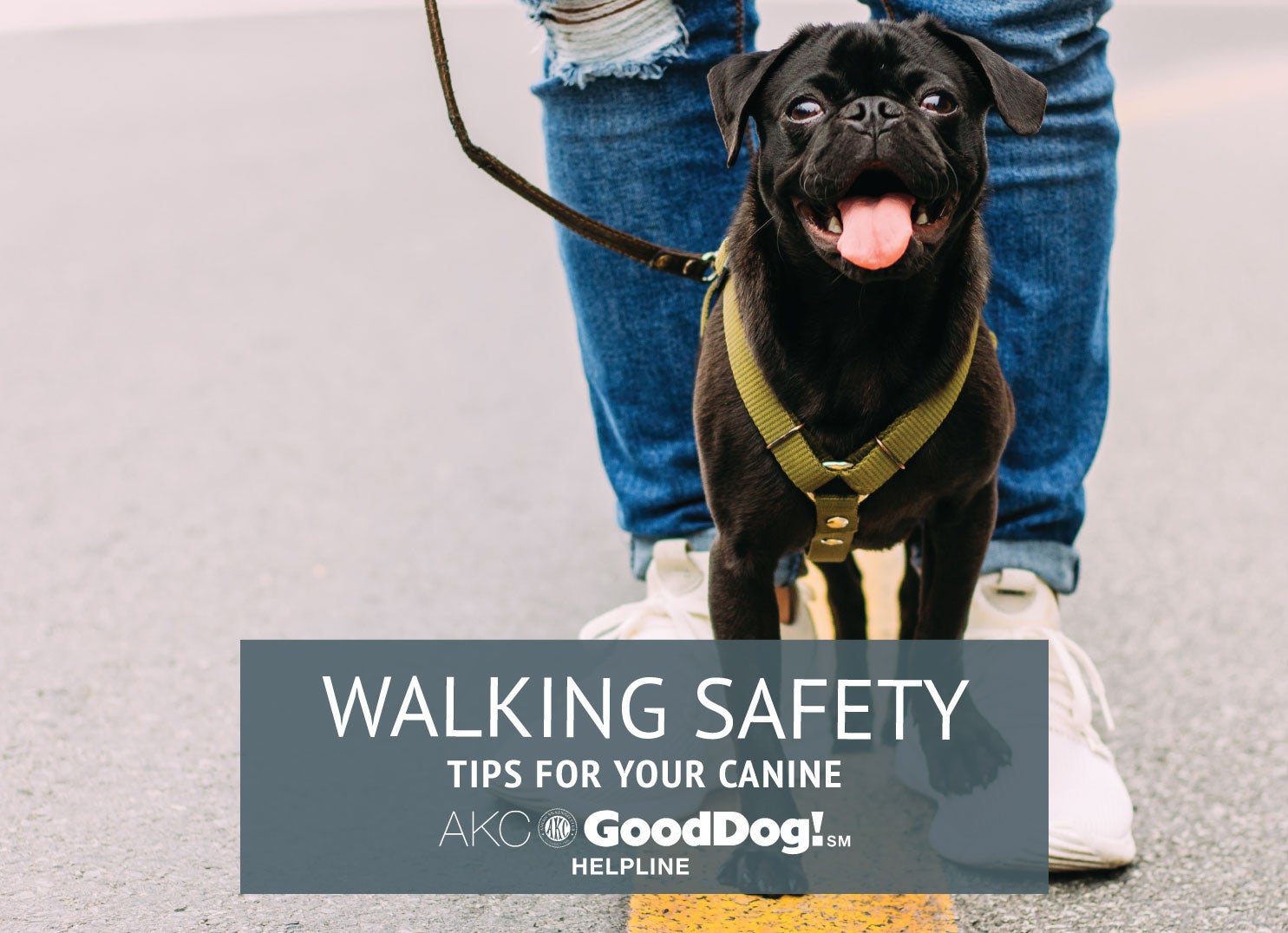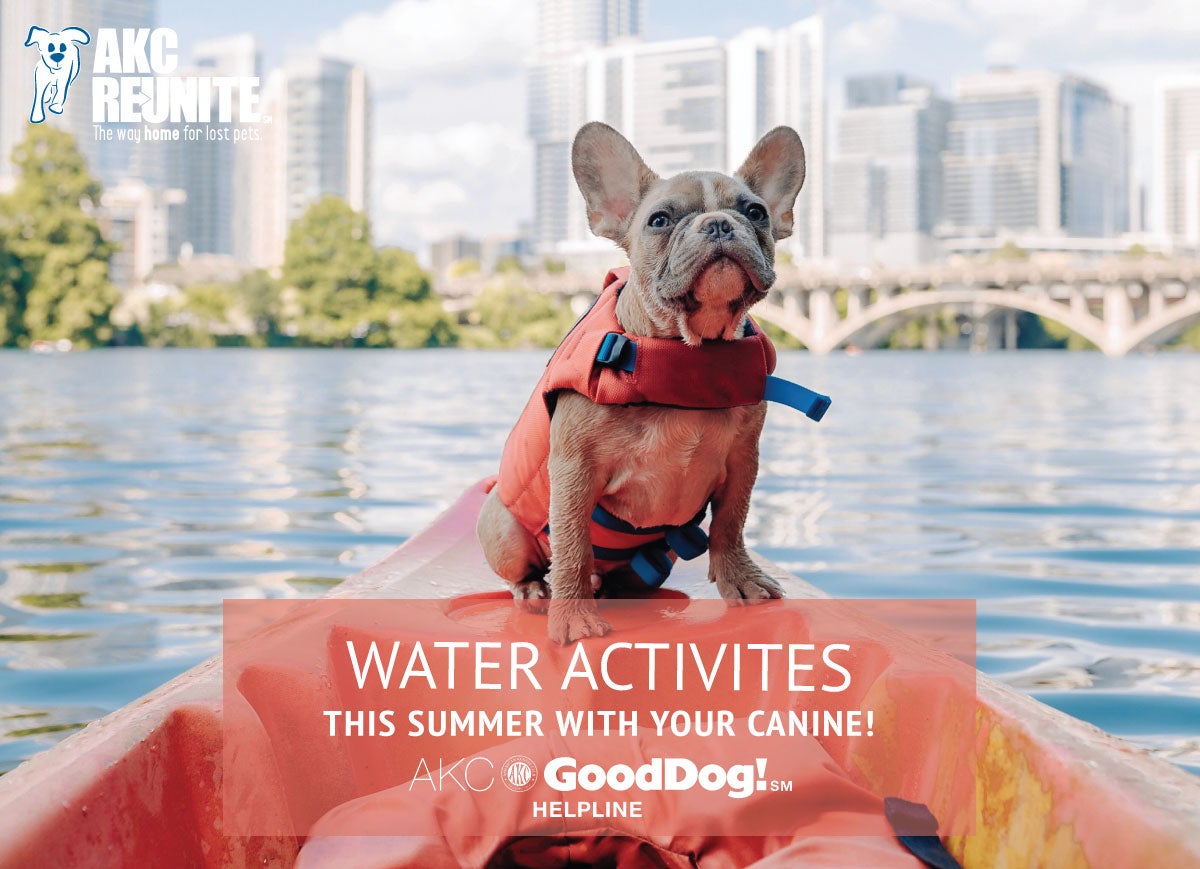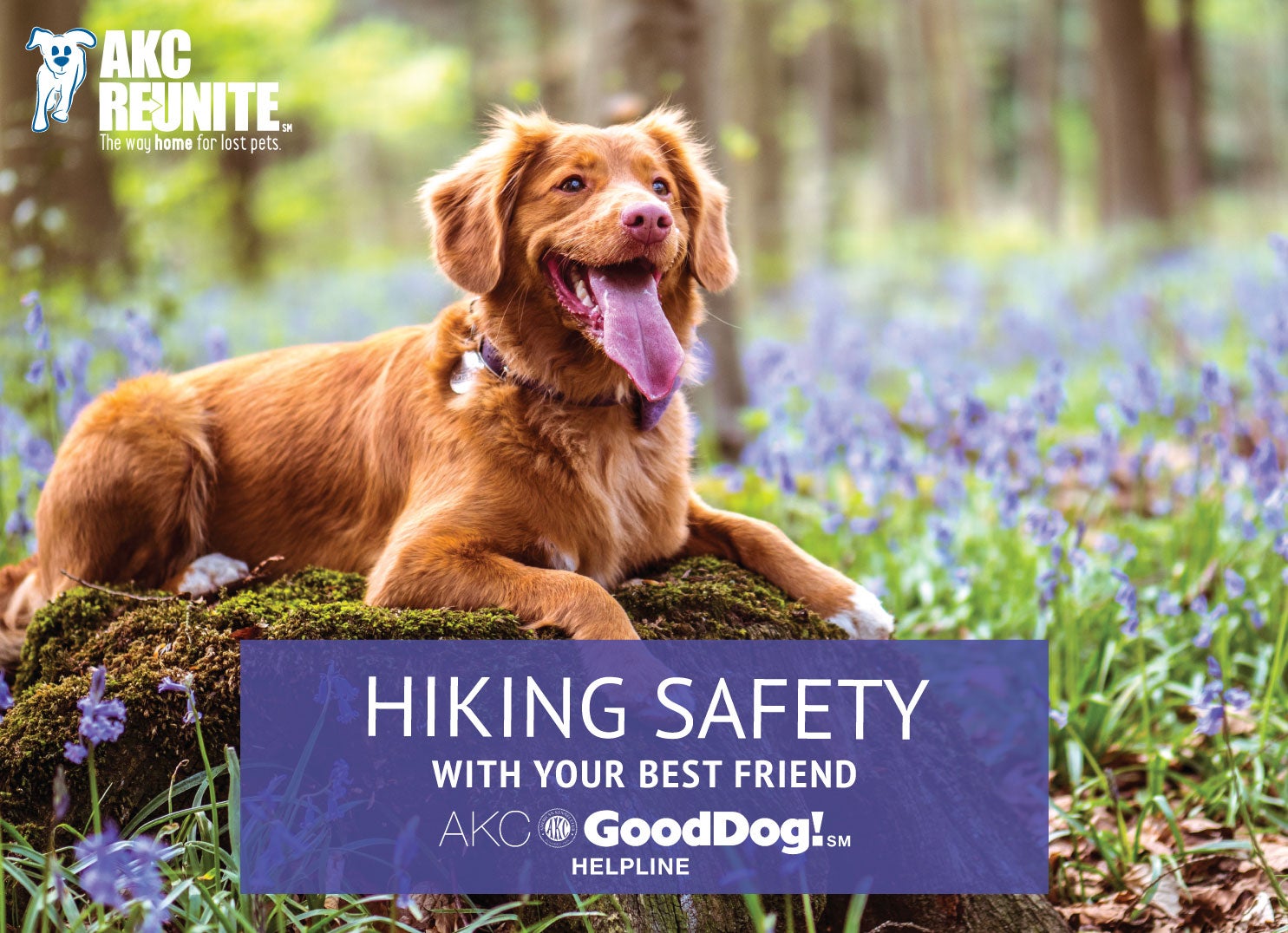Winter Blues – Training Tips to Help Dogs Who Chew
Brought to you by the AKC GoodDog! Helpline – the AKC’s 7-day-a-week training support service
By Hilarie Erb, AKC GoodDog! Helpline Trainer
Here is a question GoodDog! Helpline trainers hear often: Why does my dog chew up our things when he has dozens of his very own wonderful toys all over the place?
The question is usually about a young puppy but it could be regarding an older dog who inexplicably got it into her head to be naughty after months of perfect behavior. In a dog’s mind, if something is within reach then it’s on offer. Certain items are especially appealing: eyeglasses, books, cell phones, television remotes, pillows, and upholstery. Plastic is wonderfully chewy and when it is imbibed with our smell because we hold onto these things constantly, it can be irresistible.
Nothing is off limits to puppies. They have a mouthful of shiny new teeth, and they need appropriate toys to use them on. By around 6 months of age, they have their adult teeth and the need to chew abates, but boredom can give them a reason to take up the habit again.
“Insufficient exercise and mental stimulation can drive your adult dog to find destructive forms of entertainment, so it’s up to you to meet his needs.”
Puppies, just like human toddlers, need a completely puppy-proof area, either a crate or gated room. If your puppy grabs a forbidden item while you are watching him, quickly distract him with a sharp “Eh eh!” and when he drops it, redirect cheerfully with a toy that he is allowed to have.
Teaching tricks is a good way to give your pup appropriate outlets. A good one to start with is “Leave it.” Follow this link to learn how: http://www.akc.org/content/dog-training/articles/teach-leave-it/
Insufficient exercise and mental stimulation can drive your adult dog to find destructive forms of entertainment, so it’s up to you to meet his needs. If ugly winter weather keeps you inside, play indoor games with him. Fetch, hide and seek, and tug-of-war (played correctly) are great fun and exercise for both of you. Here are some good indoor game ideas to try: http://www.akc.org/content/entertainment/articles/great-indoor-games-to-play-with-your-dog/
There are many entertaining dog puzzles on the market, too, and you can even make your own. Just remember that many of these are meant to be enjoyed with you and not left alone with your dog.
The only 100% effective way to save your possessions from destruction is to keep them out of your dog’s reach. If eviscerating upholstered furniture is a hobby, your dog must be kept in a crate or gated dog-proof room when not supervised. Stuff hollow rubber toys with treats or moistened kibble and give them to your dog when you are away, so he will have something acceptable to do in your absence.
What about all those wonderful toys that your dog has? If they are lying around all the time, they aren’t special. Rotate them, only having two or three, at most, available at a time. Keep favorites out of her reach, only to be used when playing with you. This is what keeps it special; time with you is the magic ingredient!
For more tips and advice on training your dog, join the AKC GoodDog! Helpline, a seven-day-a-week telephone support service staffed by experienced dog trainers: www.akcgooddoghelpline.org.
